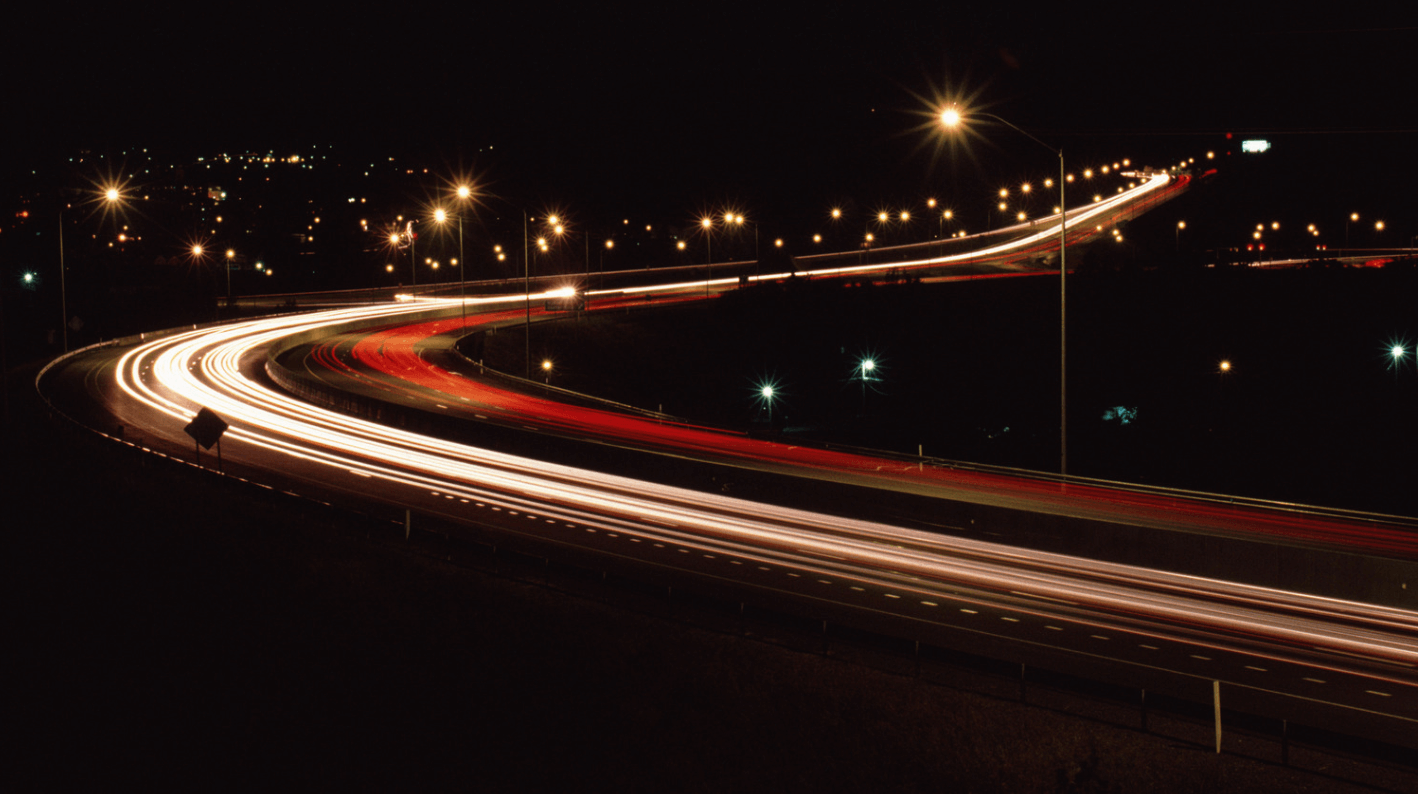Many drivers don’t like driving when it’s dark; statistically, after the Autumn clock change when afternoons are darker, there are more collisions. Plus, 40% of all collisions in the UK happen after dark, and 20% of the serious accidents on UK motorways happen when someone falls asleep at the wheel.
However, it’s not all doom and gloom! There are loads of things you can do to make driving in the dark a piece of cake – here are our top tips for keeping you a little safer in the dark:
Keep your Windows Clean
This can help to decrease the amount of glare from car lights. Having clean windows will also reduce condensation. You don’t have to keep your windows spotless, just make sure they are clean enough so your view is not distorted.
TOP TIP: Give your windscreen a wipe with a bit of newspaper. This will help to remove any residue that has built up. If you don’t have any newspaper opt for a microfibre cloth instead.
Get your Eyes Checked Regularly
It’s harder to judge your speed and your distance when it’s dark, and visibility is lowered. So, it’s really important that you have your eyes regularly examined, giving you the best chance of being able to spot risks or dangers quickly.
Regular checks can help to uncover problems such as glaucoma that could affect your night vision. We have rounded up a plethora of other top tips to keep your eyes healthy, here.
Make Sure you’re Wearing the Correct Glasses
Glasses can add an additional reflective surface between your eyes and the road. This is why it’s important that you opt for glasses with an anti-reflective coating if you can. This ensures that there is a lot less light reflecting from the inside of your lenses. Anti-reflective glare will also make sure that there is more light passing through.
Turn your Headlights on
Make sure you’re seen by other drivers and turn your headlights on. Do this as soon as the sun begins to set. If you’re driving as the sun is coming up make sure you keep those headlights on for an hour or so after the sun has risen. It could still be a little dark outside so you’ll want to make sure you’re seen.
Beware of Full Beams
On rural roads, or roads with reduced or no street lighting, you may need to use your full beams to see the road ahead of you. However, for your own safety, and the safety of oncoming traffic, you must turn OFF full beams and use only your normal headlights when there is oncoming traffic. You can turn your fulls beams back on only once there are no more oncoming vehicles.
Be Aware of Slippery Roads
It’s usually quite a bit colder at night than it is during the day. It can also be damper which means the surface of the road might change. You will, therefore, have to ensure that your speed always matches the conditions. Drive a little slower and give yourself more time to make manoeuvres. It would also be wise for you to adjust the distance between your vehicle and the vehicle in front.
It’s important that you stay safe on the roads at all times. However, when it’s dark outside you and other drivers are at an increased risk of having an accident. Making a few changes to your eyewear, your lights and your windows can ensure you’re much safer on the road.







